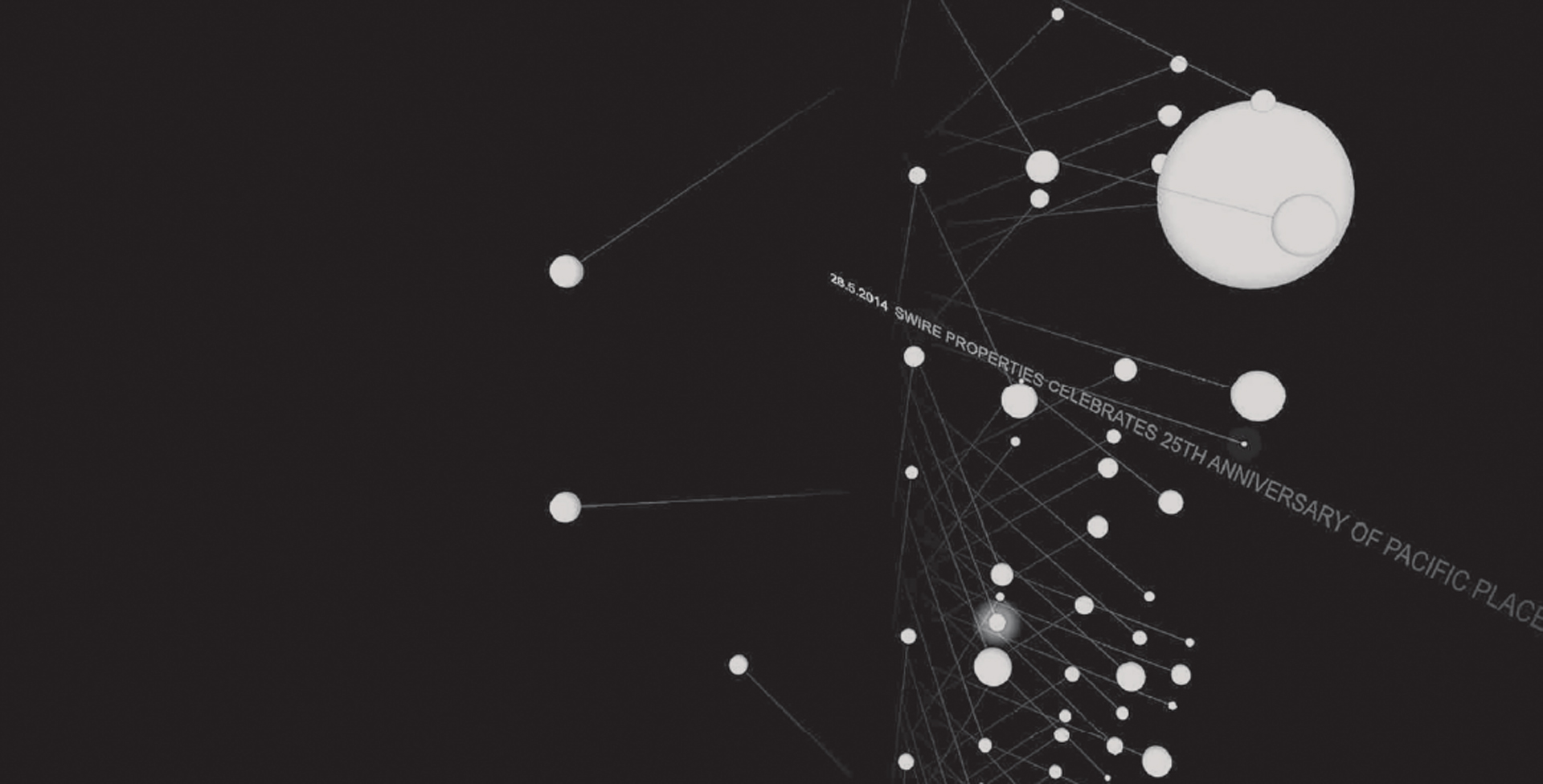“Consumption, Hong Kong (Vol.1)” by Josef Bares
Title:
Artist(s) and People Involved:
Exhibiting Artist(s):
Symposium:
Creation Year:
Medium:
Duration:
Artist Statement:
Consumption: Hong Kong (Vol.1) is a research-based project, which traces the relationship between private sphere of individual decision making (e.g. what to buy for dinner) and the public sphere of aggregated socioeconomic effects which we get to know from the news (company revenue, stock price, GDP, unemployment, etc.) in the specific circumstances of Hong Kong. The work consists of an artist book, a multiple-channel video and supplementary materials. All elements come together in an installation setting.
Economists like to use term ‘dollar voting’ to explain an analogy between consumer decisions and political decisions: In the same way citizens select between a number of political candidates, consumers use their dollars to select products and companies which will be the ‘losers’ and ‘winners’ of the market race. Theoretically, this example is used to highlight the ultimate power of consumers over producers.
Consumption: Hong Kong (Vol.1) traces the author’s consumer decisions during 12 months of his stay in Hong Kong (September 2013 – August 2014) and relates them to news items. It thus documents a personal narrative of a visitor, which can however be related to a more general experience of living in Hong Kong: For example the market concentration means that most people buy groceries in one of the two major supermarket chains as the author does. Also the average monthly expenditure level documented in Consumption: Hong Kong (Vol.1) is similar to that of the majority of Hong Kong households.
The project does not work with detailed assumptions but uses a ‘decision recycling’ process, where previous independent consumer decisions (decisions made during a period preceding the project itself) are used to determine the selection of the news item of each day within the monitored period, allowing for a flexible interpretation by the reader.








